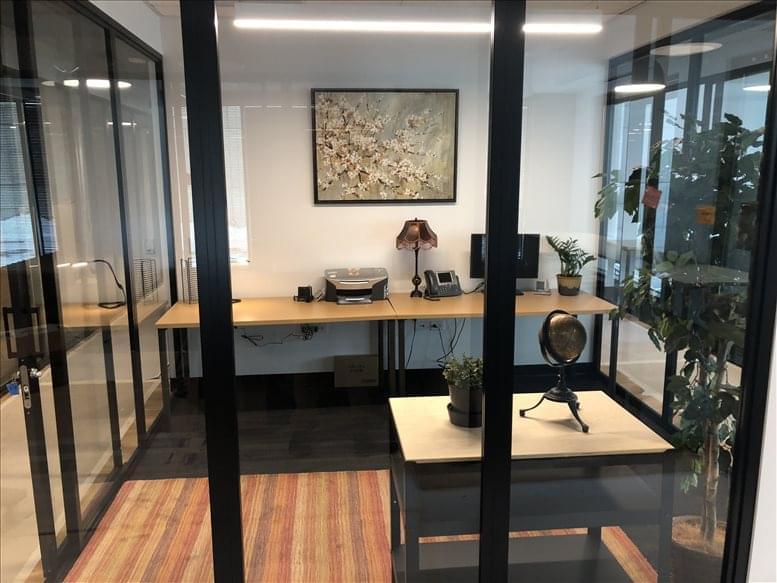

In Leeds, the HOV lane helped increase the percentage of people who take the bus from 1% to 20% in the space of four years! The HOV lane in South Gloucestershire increased the percentage of cars that take two or more people from 20% to 27%.

Leeds has 3, Bristol 2, Birmingham 1 and Bradford also has one.Ī DFT report notes that 2+ lanes increase uptake of car sharing, but they have a bigger impact on how many people take the bus. There are less than 10 car sharing lanes in the UK, as it is a fairly new phenomenon. as roads are used heavily in this period, four out of five cars driving into cities at rush hour have only one person in them. These lanes often operate at certain hours i.e. However, they have been around in countries like the United States since the 1960s. Car sharing lanes in the UK may be few and far between, but on certain routes they can save you a ton of time.Ĭar sharing lanes are designed to reduce the environmental impact of roads and also to increase the use of public transport: buses, coaches and taxis carrying passengers are allowed to travel in HOV lanes. Car sharing lanes are a relatively new addition to the UK.

They were designed to reduce single occupancy car use and thus, reduce congestion. Car sharing lanes, commonly known as 2+ lanes or High Occupancy Vehicle (HOV), lanes are specifically for cars with two or more people in them.


 0 kommentar(er)
0 kommentar(er)
